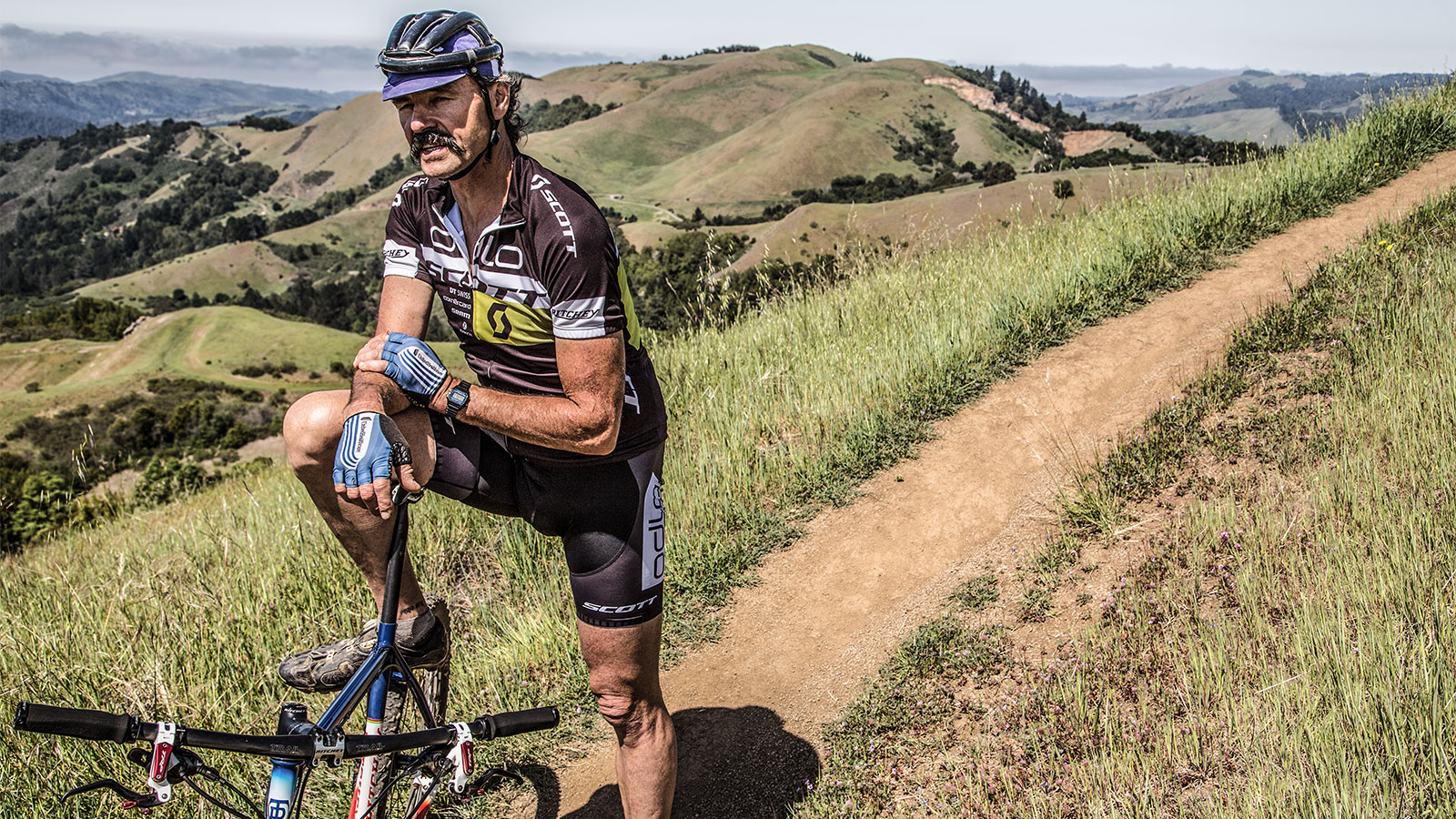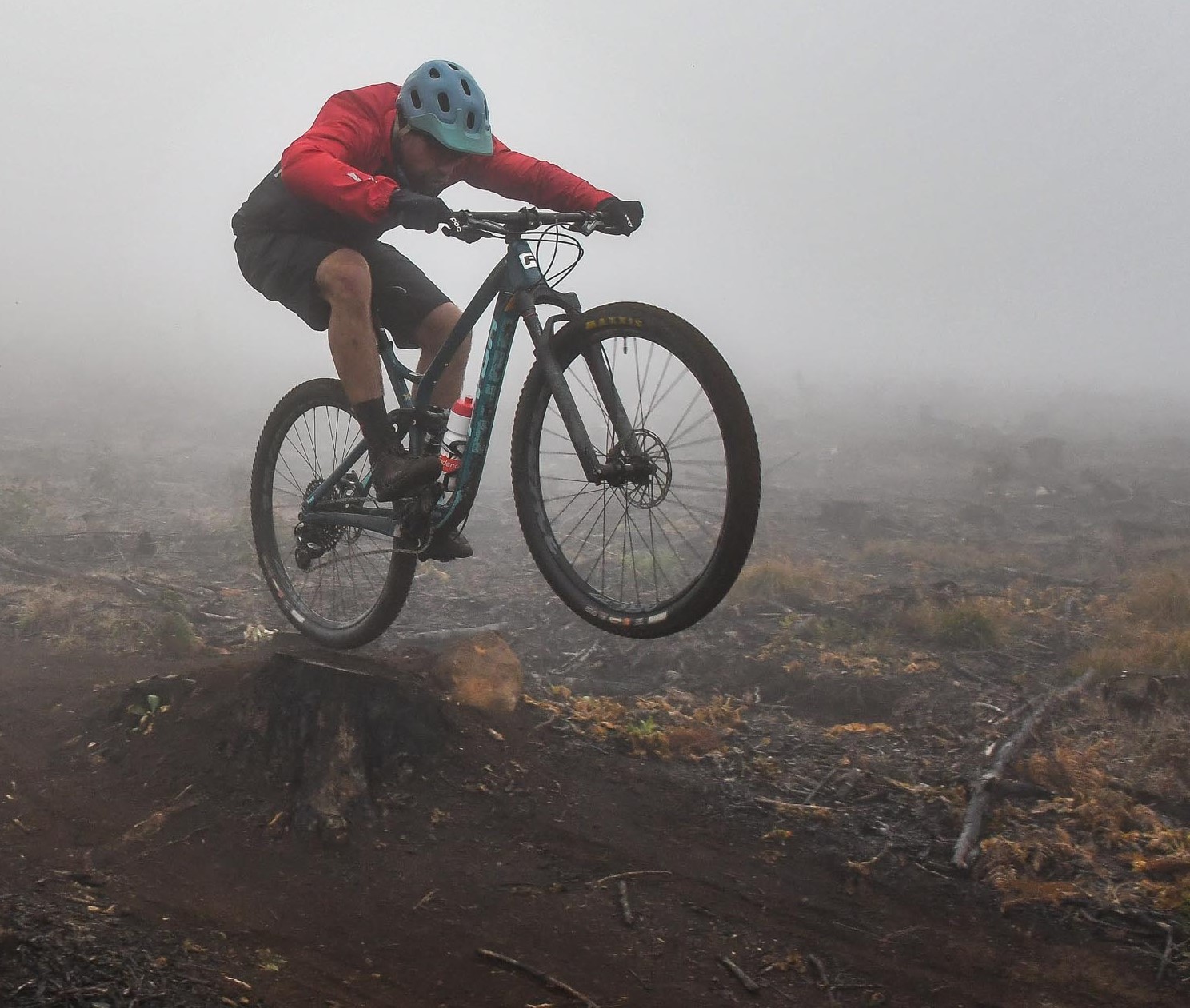Why Santa Cruz is the most important town in mountain biking
Santa Cruz has been instrumental in mountain biking's technical development

The roots of mountain biking are deeply embedded in Northern California, especially the town of Santa Cruz.
It was here where the first purpose built off-road bikes were crafted in the 1970s. South of the technological hub of San Francisco is Santa Cruz. Although the surfing scene has always dominated Santa Cruz’s outdoor pursuits, mountain biking is now what it is best known for.
In the Santa Cruz mountains, Tom Ritchey has been building mountain bikes and prototyping components since the very beginning. Many of mountain biking’s original engineering advances are credited to him.
The town of Santa Cruz is also home to Keith Bontrager. Today his house brand components are original equipment on most Treks, but when mountain biking was orientating its evolutionary trajectory in the 1980s, Bontrager was hugely influential. He experimented with lightweight aluminium rims and as a master frame builder and physicist, created the first dual-suspension carbon-fibre prototype, the Kestrel Nitro, in 1988.
Beyond the iconic personalities who live there, Santa Cruz is also home some of mountain biking’s most esteemed brands: one of them founded by former professional skateboarder, Rob Roskopp, and the other, an original mountain bike frame manufacturer.
Unafraid of innovation
When Scot Nichol started Ibis in 1981 he could never foresee that his brand would experiment with many different materials and structural techniques. In the early 1980s mountain bikes were still committed to steel as the frame material of choice.
Seeking lighter weight without ruining ride comfort or durability, Nichol experimented with flat chainstays soft tails. The Silk Ti featured water-jet cut outs in its flat chainstays, modelled on the planar truss principle. Unlike conventional round tubes, these Ibis chainstays provided excellent lateral rigidity, yet delivering some level of vertical compliance to work with the seat-stay mounted damper.
Ibis would always venture into carbon-fibre too, earlier than most. In 1988, at a time when there was precious little source material and limited knowledge about what to do with it, Ibis built four rigid carbon bikes.
The cost was enormous, as the composites used were from a NASA-grade space exploration supplier. Despite no possibility for a series production run, Ibis has made a tremendous statement and showed that it was always seeking the next design horizon.
Ibis had an unhappy chapter shortly after the millennium when it was acquired by venture capitalists, who subsequently managed it to bankruptcy by 2002. Nicol returned to relaunch his brand and with a female designer, produced a cross-braced carbon frame, which stunned all show-goers at Interbike 2006.
With its organic shape the Ibis Mojo revolutionised dual-suspension carbon-fibre bike design. A decade and a half later the Mojo remains instantly recognisable and has never dated in appearance, even parked amongst the most advanced 2019 bikes.
The home of Santa Cruz bikes (obviously)
Merely a single city block away from Ibis, is the impressive headquarters of Santa Cruz bicycles. The town’s largest mountain bike company has been an innovator since it launched in 1994. Founder Rob Roskopp lived through the peak of participation skateboarding enjoyed in the 1980s, riding professionally and marketing his own decks.
Aware that mountain biking was about to experience a similar surge in popularity during the 1990s, Roskopp assisted in expanding the Santa Cruz skateboarding company he was associated with, into a mountain bike frame brand.
History is littered with failed brand migrations. The notion of transition from skateboarding to mountain biking would have been considered ridiculous by most corporate strategists.
From the start, Santa Cruz differentiated itself. Instead of obsessing about building the lightest possible frames, it recognised that dual-suspension bikes for trail riders were an underserviced category.
Tamzon was Santa Cruz’s first bike and it featured 80mm of rear-suspension travel, which might appear trivial for a 2019 trail bike, but was considered incredibly progressive for the mid-1990s. Santa Cruz bikes also knew that downhill racing provided the best research and development platform.
When the supply chain and engineering knowledge around carbon-fibre started stabilising in the late 2000s, it transitioned into the wonder material and proved its extreme terrain ability by building the first full composite downhill bike to win a World Cup race.
Although Santa Cruz town’s bike brands were late to the embrace the 29er revolution, when both delivered, the bikes were extraordinarily good. Ibis and Santa Cruz designed 29ers which were agile instead of ungainly, in their Tallboy and Ripley/Ripmo model lines.
From steel tubing, to aluminium, titanium and carbon-fibre construction – the town and surroundings of Santa Cruz has been an incredible mountain bike technology incubator since the very beginning.

Lance Branquinho is a Namibian-born journalist who graduated to mountain biking after injuries curtailed his trail running. He has a weakness for British steel hardtails, especially those which only run a single gear. As well as Bike Perfect, Lance has written for MBR.com, Off-Road.cc and Cycling News.
